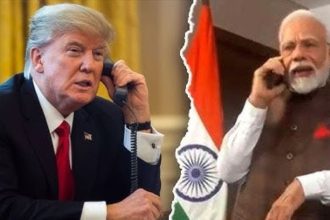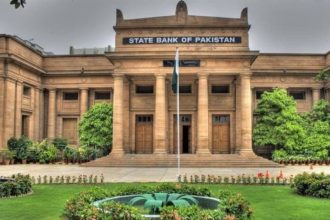The National Electric Power Regulatory Authority (NEPRA) has taken another significant step in its regulatory procedures by announcing a surge in electricity prices. This hike, amounting to Rs3.28 per unit, is part of the organization’s quarterly adjustments. Notably, consumers were already bearing an extra Rs1.25 per unit due to these adjustments. With this new announcement, this previous rate will continue, with an added Rs2.03 per unit to be levied for the subsequent six months, resulting in a total increase of Rs3.28 per unit.
Delving into the origins of this decision, the energy ministry initially contemplated a steeper rise of Rs5.40 per unit, intended to be recouped over a concise three-month span. However, apprehensions of potential public backlash and the inherent challenges of managing such dissent led the Power Division to adopt a more measured approach. They recommended an increment spread over six months, which amounts to Rs3.55 per unit. Multiple factors prompted this increase, including capacity charges, variable O&M, and implications from the fiscal year 2022-23’s fourth quarter, such as additional recoveries on incremental sales and other related fees.
Implications for consumers
The repercussions of this rate enhancement will resonate differently across the consumer spectrum. For the period stretching from October 2023 to March 2024, consumers under the K-Electric (KE) banner will experience billing at Rs3.2814 per kWh. Regarding the broader consumer landscape, residential and commercial entities will encounter varied implications based on their consumption patterns and demand. Specifically, households falling under the consumption brackets of up to 50 or 51-100 units are shielded from any rate alterations. In contrast, those consuming beyond these thresholds will be subject to the revised tariffs. Meanwhile, commercial entities will be presented with a uniform rate surge.
Interestingly, a subset of the industrial consumer base has been exempted from these quarterly adjustments, a decision rooted in NEPRA’s prior deliberations. Formalizing this rate modification, NEPRA has dispatched its decision to the government, anticipating its endorsement and subsequent publication in the official gazette of Pakistan. This current adjustment is strategically positioned to counterbalance the financial pressures exerted by dynamics like currency depreciation and escalating interest rates. Furthermore, NEPRA has articulated suggestions for the government, emphasizing the potential merits of upholding a uniform consumer-end tariff. This would be particularly relevant in the post-privatization landscape and could be realized through the strategic deployment of subsidies.






